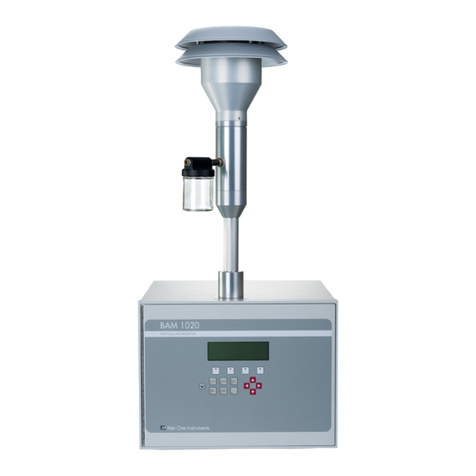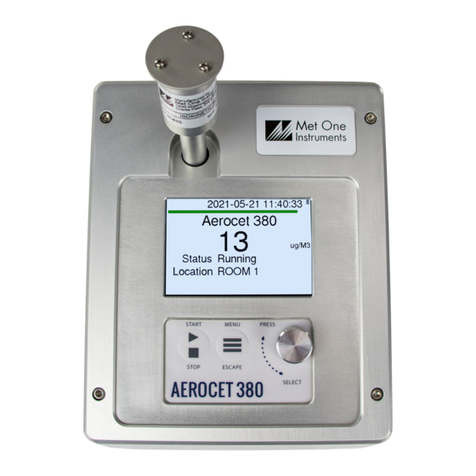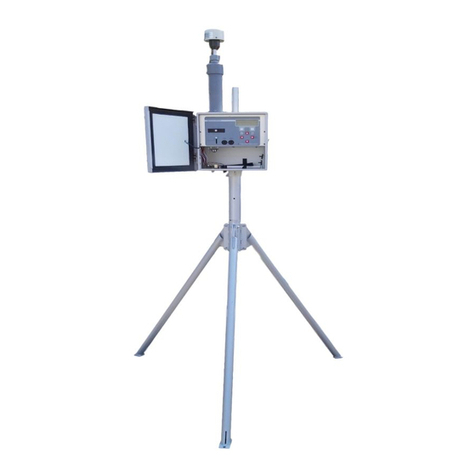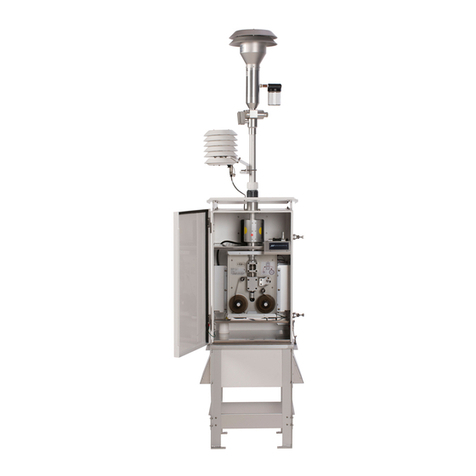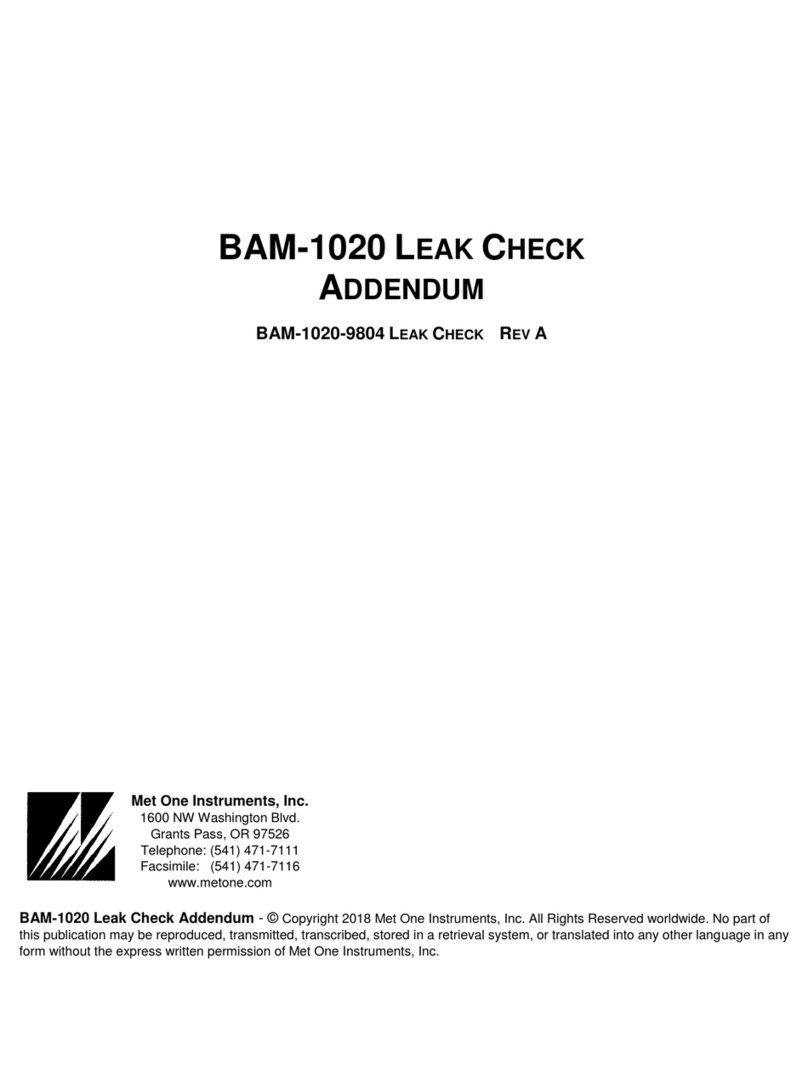Page 8 C-12-9800 Rev A
2 SITE SELECTION AND POSITIONING CRITERIA
There are basic installation requirements for the C-12.There should be adequate cell phone
coverage and an AC power outlet. It can simply be positioned in the area containing the air to be
sampled based on local monitoring needs.
3 SETUP & DEPLOYMENT
The C-12 is designed for easy setup and simple configuration for most applications. This section
describes the basic assembly, setup, and start-up of the instrument.
3.1 Unpacking
Unpack the carbon monitor and accessories and compare them to the packing list to make sure all
items are present.
Any damages to the equipment during shipping are the responsibility of the carrier. If any damage
to the shipment is noticed before unpacking, a claim must be filed with the commercial carrier
immediately. Follow any special unpacking instructions provided by the carrier as all items are
carefully removed from the containers and each component inspected. It is recommended to
document and photograph all damaged packages and items before, during, and after unpacking
them. Contact Met One Instruments (see Section 1.2 of this manual) to arrange for any
replacement items needed.
The instrument is supplied with one of each of the following standard accessories:
•TSP Inlet (part number 9441)
•Inlet Tube (part number 83799)
•USB Cable, A-B male (part number 500784)
•Span Check Membrane (part number 83011)
•Filter Tape, two rolls (part number 83599)
•Operation manual (part number C-12-9800)
Optional Accessories include:
•Mounting Stand (part number 83598)
•Pole Mount (part number 83597)
•Flow Meter (part number Swift 6.0)
